Zero-tillage maize cultivation is an innovative farming practice gaining traction for economic and environmental benefits. This method, which involves growing maize without traditional plowing, reduces soil erosion and labor costs, enhancing sustainability. The economic viability of this technique, supported by various government policies and initiatives, offers farmers a profitable and eco-friendly alternative. This blog delves into the practices, benefits, and government support surrounding zero-tillage maize cultivation, highlighting its role in transforming agricultural methodologies.
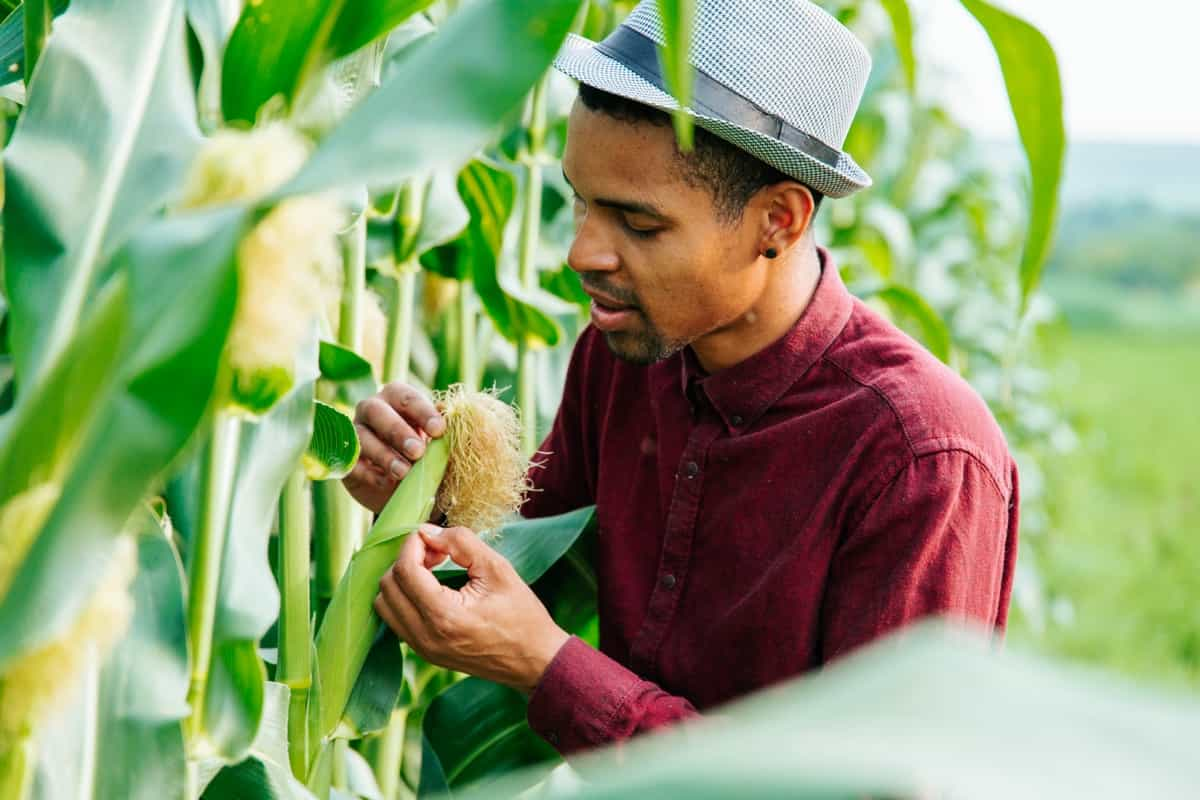
Zero Tillage Maize Cultivation
What is Zero Tillage Maize Cultivation?
Zero tillage maize cultivation is growing maize without plowing or disturbing the soil. Using a unique planter involves planting maize seeds directly into the previous crop’s residue, such as wheat or rice. This way, the soil structure and organic matter are preserved, and the crop residue acts as a mulch which protects the soil from erosion, evaporation, and weed growth.
Advantages of Zero-Tillage Maize Cultivation
- It saves time, labor, fuel, and machinery costs, reducing the number of field operations and inputs required.
- It improves soil health and fertility by increasing organic matter content, water-holding capacity, nutrient availability, and soil biological activity.
- It reduces soil erosion and runoff, preventing the loss of topsoil and nutrients due to water and wind action.
- It conserves water and moisture, reducing evaporation and increasing rainwater infiltration into the soil.
- It enhances crop growth and yield, providing a favorable microclimate for the maize plants, reducing weed competition, and improving nutrient uptake.
- It mitigates climate change, reducing greenhouse gas emissions from the soil and sequesters carbon in the soil.
Challenges in Implementing Zero-Tillage Maize Cultivation
- It requires a unique planter to sow maize seeds through the crop residue without clogging or damaging them. Such planters are often expensive, scarce, and available in some regions.
- It requires high-quality seeds that germinate and emerge well under the crop residue. Such seeds are often costly or inaccessible for some farmers.
- It requires careful crop residue management to cover the soil adequately but does not interfere with the maize growth. This may involve adjusting the residue’s amount, distribution, and orientation according to the local conditions.
- It requires timely and effective weed control to prevent infestation and competition with the maize crop. This may involve using herbicides, manual weeding, or intercropping with legumes or other crops that suppress weeds.
In case you missed it: High-Yielding Varieties of Maize in India: Hybrid Cultivars for Increased Profits
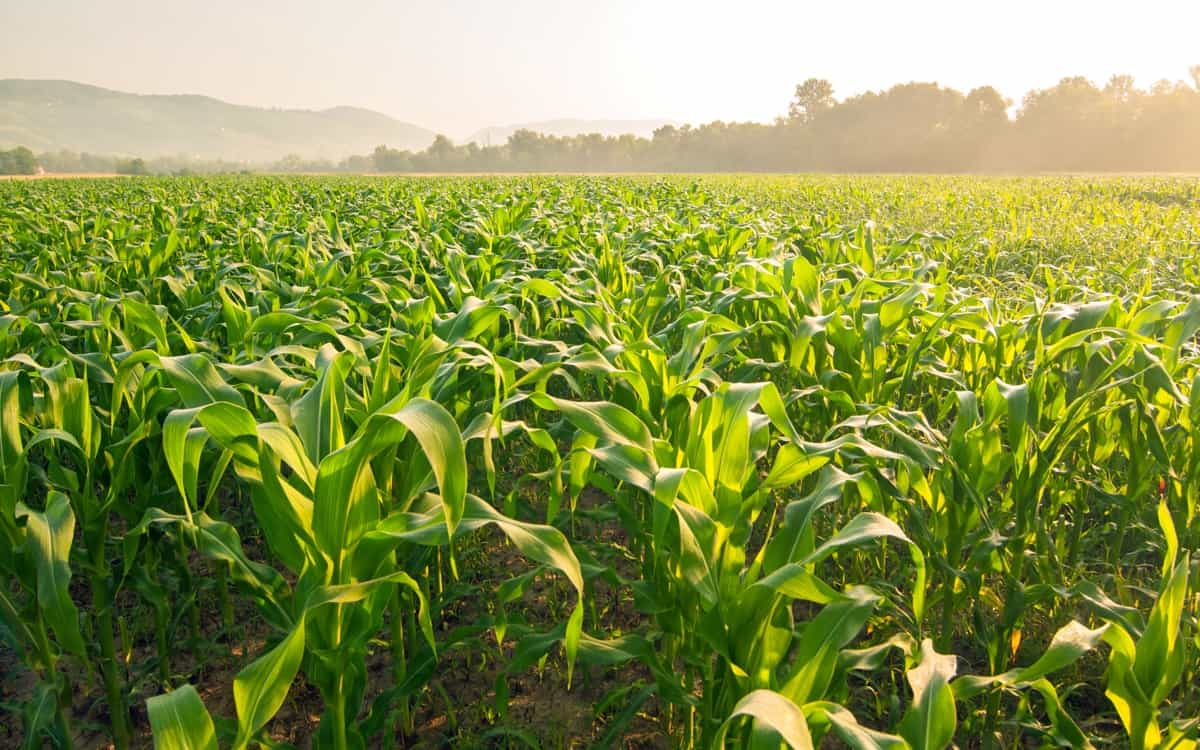
- It requires appropriate fertilization methods to ensure the maize crop receives sufficient nutrients from the soil and the crop residue. This may involve using organic or inorganic fertilizers or adopting integrated nutrient management practices that combine both sources.
- It requires adequate irrigation practices to ensure the maize crop receives enough water throughout its growth cycle. This may involve drip irrigation, sprinkler irrigation, or rainwater harvesting techniques that conserve water and reduce runoff.
- It requires proper pest and disease control to prevent damage to the maize crop by insects, rodents, fungi, bacteria, or viruses. This may involve using pesticides, biological control agents, resistant varieties, or cultural practices that prevent pest and disease outbreaks.
- It requires careful harvesting and post-harvest practices to ensure that the maize crop is harvested at the right time and stored correctly to avoid losses due to spoilage or contamination. This may involve using mechanical harvesters, manual threshers, dryers, silos, or bags that preserve the quality and quantity of the maize produce.
Soil Preparation for Zero Tillage Maize Cultivation
The first step in zero tillage maize cultivation is to prepare the soil for planting. This involves selecting a suitable field, removing crop residues or weeds from the previous season, and applying necessary amendments such as lime or gypsum to correct soil pH or salinity. The field should have good drainage, aeration, and adequate organic matter and nutrients.
The soil should also be tested for its physical, chemical properties, such as texture, structure, moisture content, fertility, and acidity. The farmer can decide on the appropriate seed rate, row spacing, planting depth, and fertilizer application based on the test results.
Seed Selection and Planting Techniques for Zero Tillage Maize
To plant maize seeds, farmers must choose a different adapted to the local climate and soil conditions, resistant to pests and diseases, and with high yield potential. The seeds should be certified, treated with fungicides or insecticides, and stored correctly if needed. Zero tillage maize cultivation uses a unique planter to cut through the soil surface and place seeds at the desired depth without disturbing the soil structure.
The planter should also have a mechanism to apply fertilizer along with the seeds or in a separate band near the seeds. The planter should be calibrated for uniform seed distribution and optimal seed-soil contact. The optimal planting time depends on local weather conditions and crop growth stages.
Weed Management in Zero Tillage Maize Cultivation
Zero tillage maize cultivation faces a significant challenge in weed management, as weeds can compete with maize plants for light, water, nutrients, and space, reducing crop yield and quality. Three main methods of weed management are mechanical, chemical, and biological. Mechanical weed management is effective for small-scale farmers with limited access to herbicides or organic farming practices but can be labor-intensive, time-consuming, and costly.
In case you missed it: How to Start Corn/Maize Farming in Mexico: A Step-by-Step Production Guide
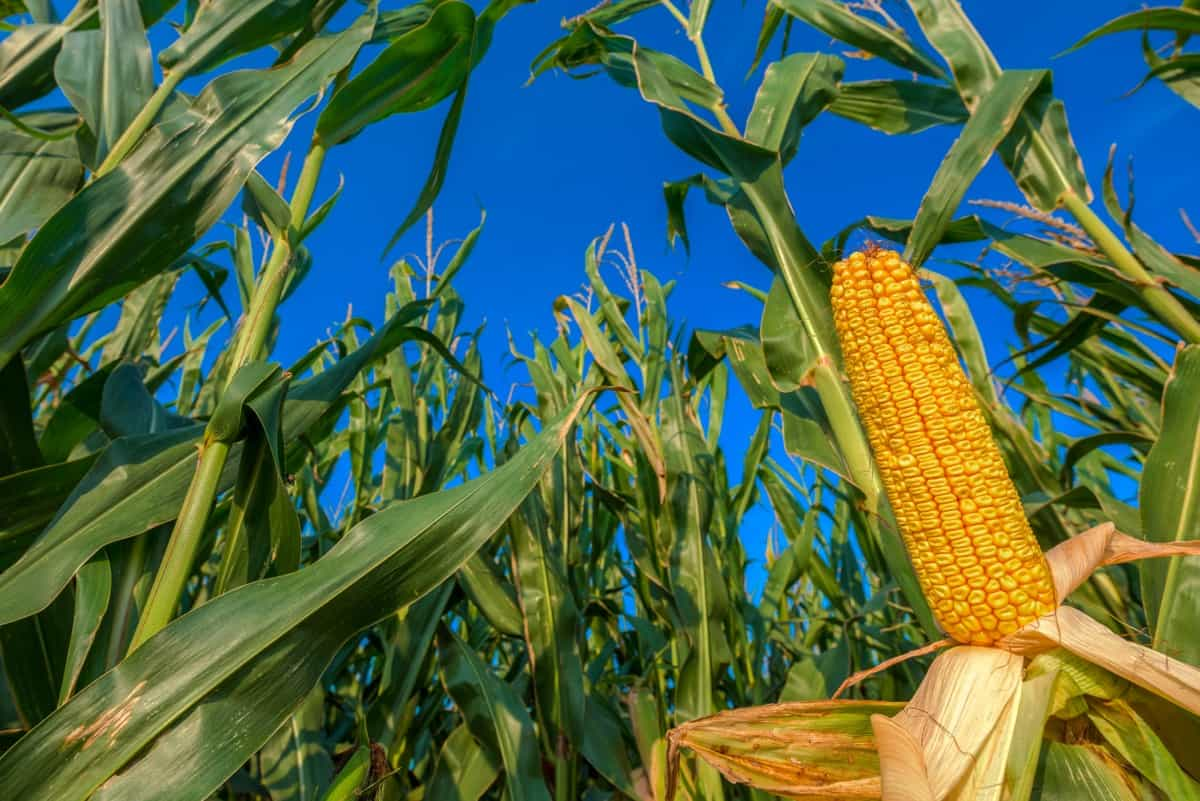
Chemical weed management uses herbicides to kill or suppress weeds selectively or non-selectively, but it can be expensive for large-scale farmers. Effective control of weeds is crucial throughout the crop cycle.
Fertilizer Application Methods for Zero Tillage Maize
Zero tillage maize cultivation requires less fertilizer than conventional tillage due to its ability to conserve soil organic matter and nutrients. However, fertilizer application is crucial for optimal crop growth and yield. The fertilizer methods for zero tillage maize depend on the planter used and soil fertility status. The recommended dose for happy seeder or zero till multi-crop planters is 120 kg N, 60 kg P2O5, 40 kg K2O per hectare, placed in bands below the seed.
For manual planting, the recommended dose is 80 kg N, 40 kg P2O5, and 20 kg K2O per hectare, mixed with soil and placed in holes along with the seeds. Nitrogen fertilizer should be split into two or three applications, with the first dose applied at sowing, the second at the knee-high stage, and the third at the tasseling stage.
Irrigation Practices in Zero Tillage Maize Cultivation
Zero tillage maize cultivation can reduce water requirements by enhancing soil moisture retention and reducing evaporation losses. However, irrigation is still necessary to avoid water stress during critical stages of crop development, especially in rainfed areas. Irrigation practices depend on water availability and rainfall patterns. For irrigated areas, the recommended schedule is to apply water at 25%, 50%, and 75% depletion of available soil moisture, with irrigation depth adjusted according to soil type and crop growth stage.
For rainfed areas, the recommended schedule is to apply water at least twice during the crop cycle, once at sowing and once at the flowering stage, with high irrigation depth to replenish soil moisture. Hydrogel, a synthetic polymer, can improve water holding capacity and water use efficiency in both situations.
Pest and Disease Control in Zero Tillage Maize Cultivation
Zero tillage maize cultivation can reduce pest and disease incidence by creating a balanced agroecosystem that suppresses weed growth and enhances natural enemies. However, pest and disease control is essential to prevent crop losses and ensure quality produce. Pest and disease control measures include cultural, mechanical, biological, and chemical methods. Cultural methods involve selecting resistant varieties, rotating crops, and adjusting planting dates and densities.
In case you missed it: Pest and Disease Management in Maize: Causes, Symptoms, Chemical and Biological Control
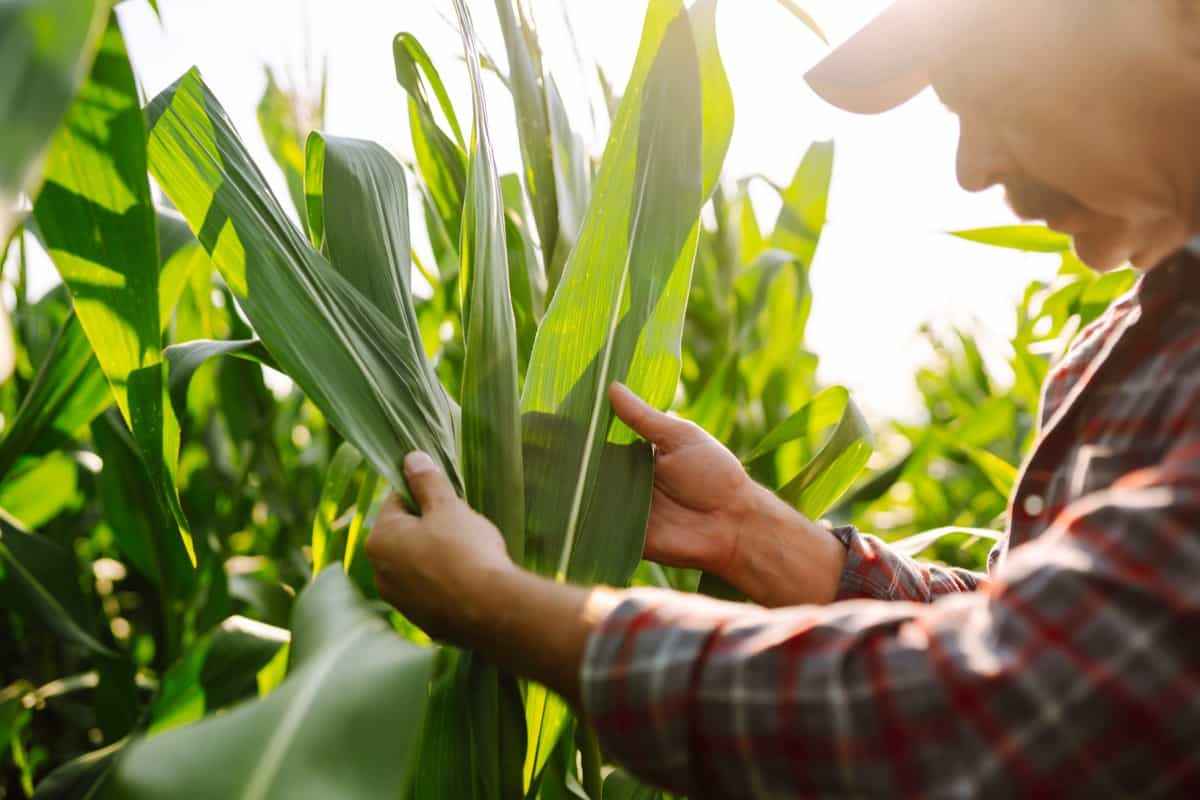
Mechanical methods use traps, barriers, nets, and sticky boards to remove pests from the field physically. Biological methods use predators, parasitoids, pathogens, or antagonists to control pests or diseases naturally. Chemical methods use pesticides as a last resort only when other methods fail or are not feasible and should be applied judiciously, following label instructions and safety precautions.
Harvesting and Post-Harvest Practices for Zero Tillage Maize
Zero-tillage maize cultivation is similar to conventional tillage but requires careful harvesting and post-harvest practices. Harvesting should occur when grains reach the desired moisture content ( 15-20%), either manually or mechanically. Cobs should be shelled immediately after harvesting to prevent insect damage. Drying should reduce moisture content to 12-13% for storage. These practices ensure proper handling and storage of the produce, ensuring the production of high-quality maize.
Environmental Impact of Zero Tillage Maize Cultivation
Zero tillage maize cultivation is a sustainable method that can significantly increase farmers’ net income by reducing production costs and crop yields. Studies have shown that zero tillage can reduce production costs by 23% in India, 18% in China, and 15% in Brazil. This method also has a positive environmental impact, contributing to soil conservation, water conservation, carbon sequestration, and greenhouse gas reduction.
In India, zero tillage reduced soil erosion by 60%, water runoff by 50%, evaporation by 30%, and irrigation water use by 25% compared to conventional tillage. Additionally, zero tillage increased soil organic carbon by 20%, water content by 15%, soil nitrogen by 10%, and soil microbial biomass by 8% compared to conventional tillage. Furthermore, zero tillage maize cultivation decreased carbon dioxide emissions.
Comparative Analysis: Zero Tillage vs Conventional Maize Cultivation
Zero tillage (ZT) is a farming practice that involves planting crops without much disturbing the soil by plowing or harrowing. Farmers use a special drill or planter to sow seeds directly into the soil covered with crop residues from the previous season, preserving soil structure and organic matter. The crop residues act as a mulch, protecting the soil from erosion, evaporation, and weed growth.
Conventional tillage (CT) is a practice of plowing or harrowing the soil before planting crops, which loosens and aerates the soil and incorporates the crop residues into the soil to control weeds and pests. ZT can produce similar or higher yields for maize in different regions and climates, with a meta-analysis of 48 studies from 16 countries finding that ZT increased maize yield by 5.7% compared to CT.
In case you missed it: Best Fertilizer for Maize: Organic, NPK, Compost Manure, and Schedule
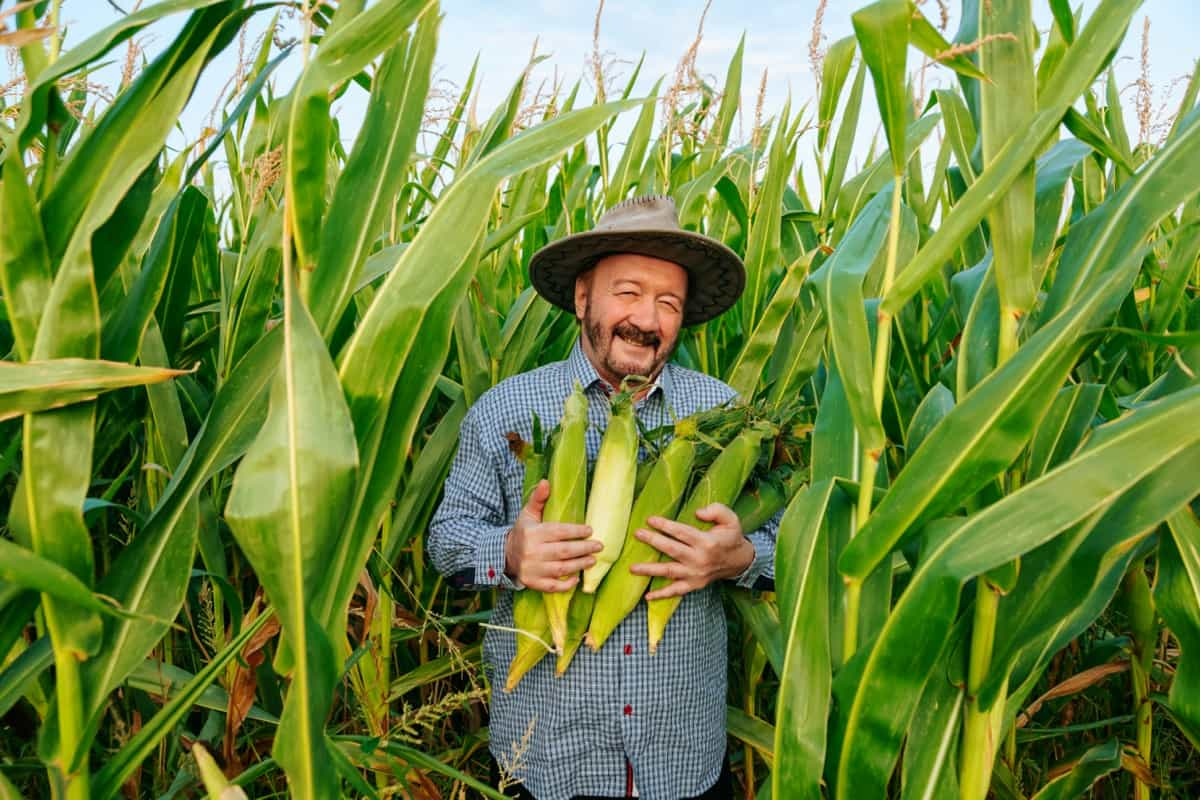
ZT can improve soil health by increasing soil organic matter, infiltration, holding capacity, biological activity, and nutrient availability. It can also reduce soil erosion, compaction, salinity, and acidity. ZT can enhance water use efficiency by reducing evaporation losses from the soil surface, increasing water infiltration into the soil profile, and improving water holding capacity. It can also reduce runoff and leaching losses of water and nutrients.
ZT can improve nutrient use efficiency by increasing nutrient availability in the soil, reducing nutrient losses through runoff and leaching, and enhancing crop nutrient uptake. It can also reduce fertilizer requirements by recycling nutrients from crop residues.
ZT can reduce weed pressure by suppressing weed germination and growth with crop residues, while CT can increase weed pressure by stimulating weed germination and growth with soil disturbance. ZT can also reduce pest pressure by enhancing natural enemies of pests with crop residues, while CT can increase pest pressure by destroying natural enemies of pests with soil disturbance.
ZT can mitigate climate change by sequestering carbon in the soil, reducing greenhouse gas release, saving fossil fuel consumption from reduced tillage operations. Economic profitability can be increased by lowering production costs from less tillage operations, fertilizer inputs, irrigation inputs, herbicide, pesticide, and labor inputs.
Government Policies and Support for Zero-Tillage Maize Farming
Zero-tillage maize farming is a practice that involves planting seeds directly into the soil without plowing or disturbing the soil surface. This method can reduce soil erosion, conserve soil moisture, enhance soil fertility, and save labor and fuel costs. However, many maize farmers need help adopting zero-tillage, such as a lack of access to appropriate seeds, equipment, and herbicides and insufficient knowledge and extension services.
In case you missed it: Simple Techniques to Increase the Maize Yield for Higher Profits
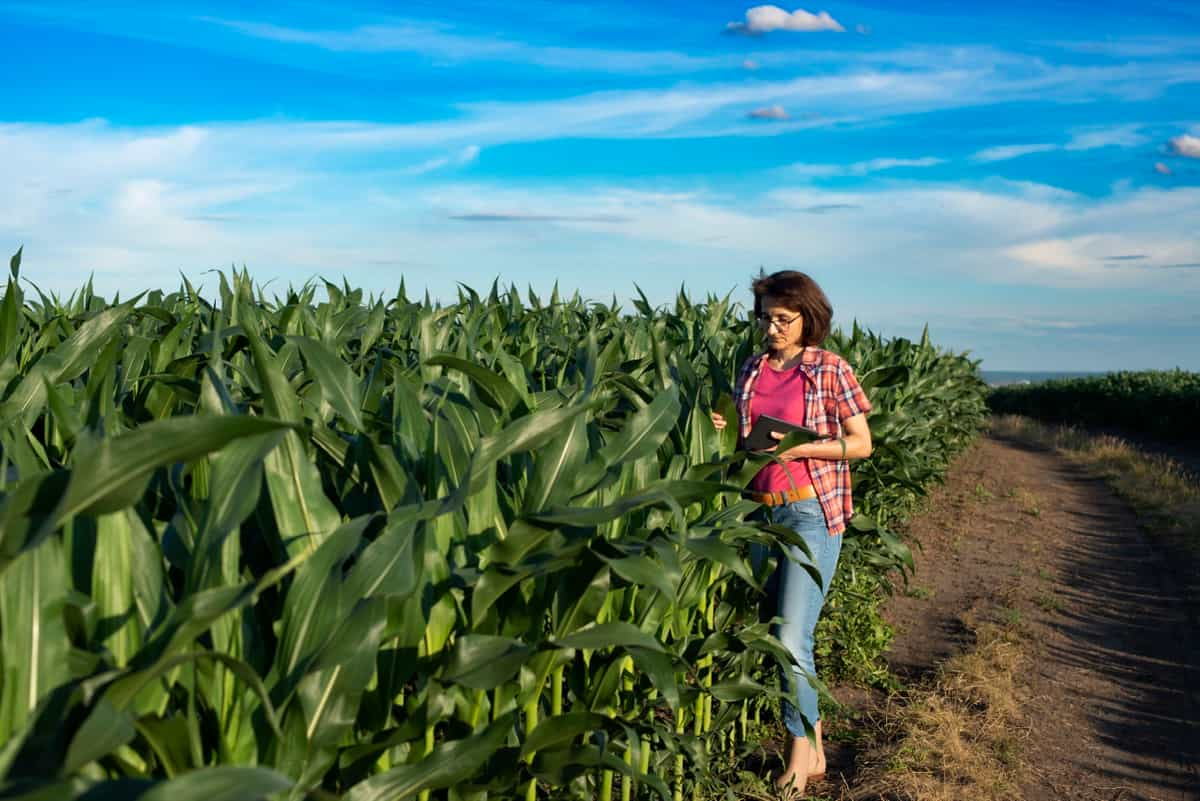
Therefore, government policies and support are crucial to promote and facilitate zero-tillage maize farming among smallholder farmers. Some possible policy interventions include subsidizing inputs, providing credit and insurance, establishing demonstration plots and farmer field schools, and strengthening research and innovation systems.
Conclusion
Zero tillage maize cultivation represents a sustainable, cost-effective farming practice supported by government policies and incentives. Reducing labor and machinery costs, enhancing soil health, and improving yields offer a viable alternative to traditional cultivation, contributing to environmental conservation and long-term economic benefits for farmers.
- Types of Pesticides Used in Agriculture: A Beginner’s Guide
- Economical Aquaculture: A Guide to Low-Budget Fish Farming
- 15 Common Planting Errors That Can Doom Your Fruit Trees
- How to Make Houseplants Bushy: Effective Tips and Ideas
- Innovative Strategies for Boosting Coconut Pollination and Yield
- Pollination Strategies for Maximum Pumpkin Yield
- The Complete Guide to Chicken Fattening: Strategies for Maximum Growth
- Natural Solutions for Tulip Problems: 100% Effective Remedies for Leaf and Bulb-Related Issues
- Revolutionizing Citrus Preservation: Towards a Healthier, Greener Future
- Natural Solutions for Peony Leaf and Flower Problems: 100% Effective Remedies
- Maximizing Profits with Avocado Contract Farming in India: A Comprehensive Guide
- Natural Solutions for Hydrangea Problems: 100% Effective Remedies for Leaf and Flowers
- The Ultimate Guide to Choosing the Perfect Foliage Friend: Bringing Life Indoors
- From Sunlight to Sustainability: 15 Ways to Use Solar Technology in Agriculture
- The Ultimate Guide to Dong Tao Chicken: Exploring from History to Raising
- The Eco-Friendly Makeover: How to Convert Your Unused Swimming Pool into a Fish Pond
- Mastering the Art of Delaware Chicken Farming: Essentials for Healthy Backyard Flocks
- 20 Best Homemade Fertilizers for Money Plant: DIY Recipes and Application Methods
- How to Craft a Comprehensive Free-Range Chicken Farming Business Plan
- Brighten Your Flock: Raising Easter Egger Chickens for Beauty and Bounty
- How to Optimize Your Poultry Egg Farm Business Plan with These Strategies
- Subsidy for Spirulina Cultivation: How Indian Government Schemes Encouraging Spirulina Farmers
- Ultimate Guide to Raising Dominique Chickens: Breeding, Feeding, Egg-Production, and Care
- Mastering the Art of Raising Jersey Giant Chickens: Care, Feeding, and More
- Ultimate Guide to Raising Legbar Chickens: Breeding, Farming Practices, Diet, Egg-Production
- How to Raise Welsummer Chickens: A Comprehensive Guide for Beginners
- How to Protect Indoor Plants in Winter: A Comprehensive Guide
- Ultimate Guide to Grow Bag Gardening: Tips, Tricks, and Planting Ideas for Urban Gardeners
- Guide to Lotus Cultivation: How to Propagate, Plant, Grow, Care, Cost, and Profit
- Agriculture Drone Subsidy Scheme: Government Kisan Subsidy, License, and How to Apply Online
- Ultimate Guide to Raising Araucana Chickens: Breed Profile, Farming Economics, Diet, and Care
- Bringing Hydroponics to Classroom: Importance, Benefits of Learning for School Students
- Ultimate Guide to Raising Polish Chickens: Breed Profile, Farming Economics, Diet, and Care
- Ultimate Guide to Raising Australorp Chickens: Profile, Farming Economics, Egg Production, Diet, and Care
- Silkie Chicken Farming: Raising Practices, Varieties, Egg Production, Diet, and Care
- Sussex Chicken Farming: Raising Practices, Varieties, Egg Production, Diet and Care